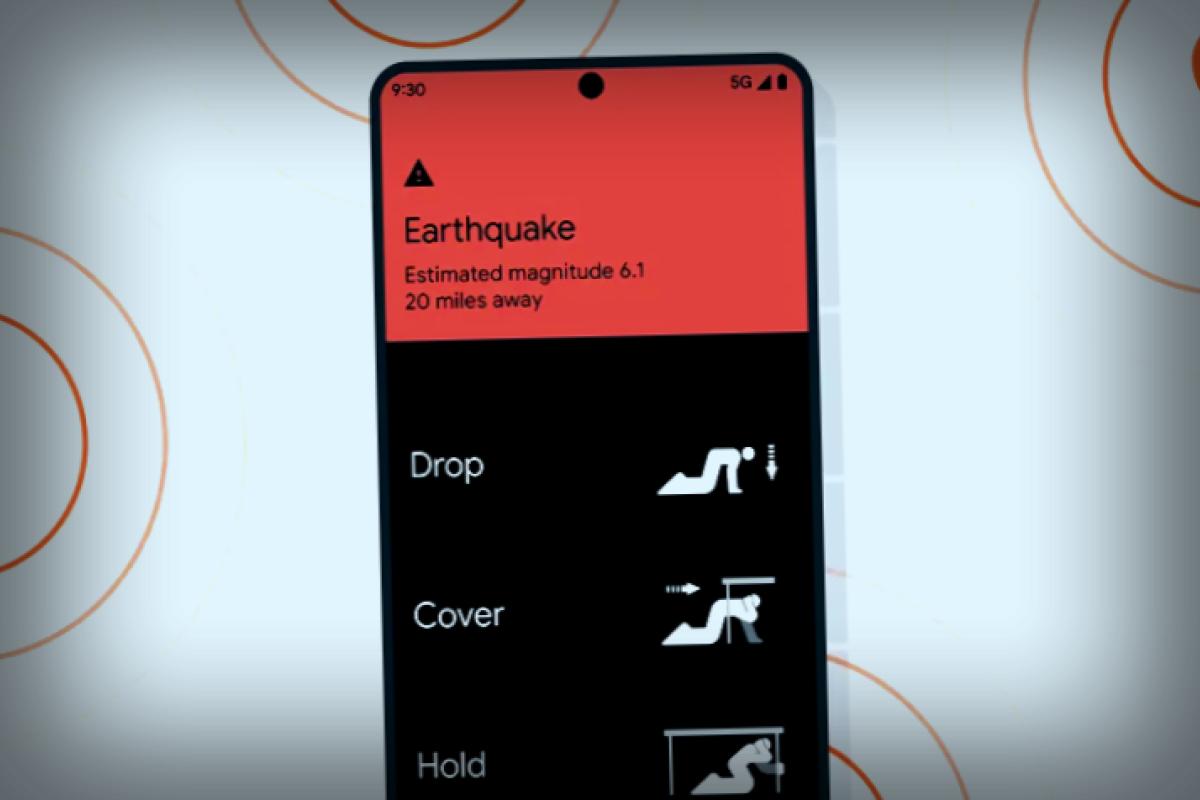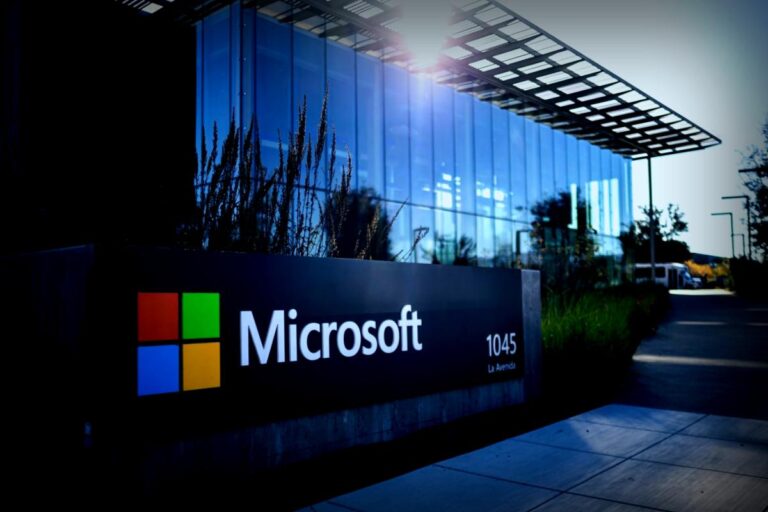Did you know that Android devices account for around 70% of the smartphone market globally? This significant reach turned out to be a boon in light of recent studies that suggest Android could serve as a robust early warning system for earthquakes, even in some of the most remote areas of the planet.
How Android’s Reach Transforms Earthquake Alerts
According to insights from Alphabet, Google’s parent company, the Android Earthquake Alert (AEA) system has been proving its worth by delivering crucial early warnings in diverse locations around the world. Richard Allen, a co-founder of this research and a visiting instructor at Google, notes, “With Android devices representing such a huge share globally, it positions itself as a dependable system for earthquake warnings.“
Traditionally, earthquake warnings rely on a network of seismic sensors that detect vibrations and send out alerts. This method, while generally reliable and fast, poses challenges in setup, especially in remote regions lacking the necessary infrastructure. This is where the Android ecosystem fills the gap.
Your Smartphone Is Now an Earthquake Detector
Most modern smartphones are equipped with built-in accelerometers that can successfully identify vibrations. Researchers have long sought ways to harness this technology for earthquake detection. Despite the launch of specialized earthquake detection apps, they’ve struggled with popularity due to limited regional access and various technical hurdles.
After extensive research and development, the Android Earthquake Alert (AEA) was officially launched. In a study conducted between 2021 and 2024, the system was able to track an impressive average of 312 earthquakes monthly, detecting tremors ranging from magnitudes 1.9 to an astounding 7.8.
To gauge the reliability of the system, Google surveyed 1,555,006 users from February 5, 2023, through April 30, 2024. The results were quite revealing: 85% of respondents felt the tremors, while 36% received alerts before experiencing shaking. Additionally, 28% had their warnings during the quake, and 23% found out mere seconds after the shaking began.
It’s truly fascinating how our smartphones are evolving to implement such life-saving features and demonstrate the remarkable advancements in today’s technology.




















